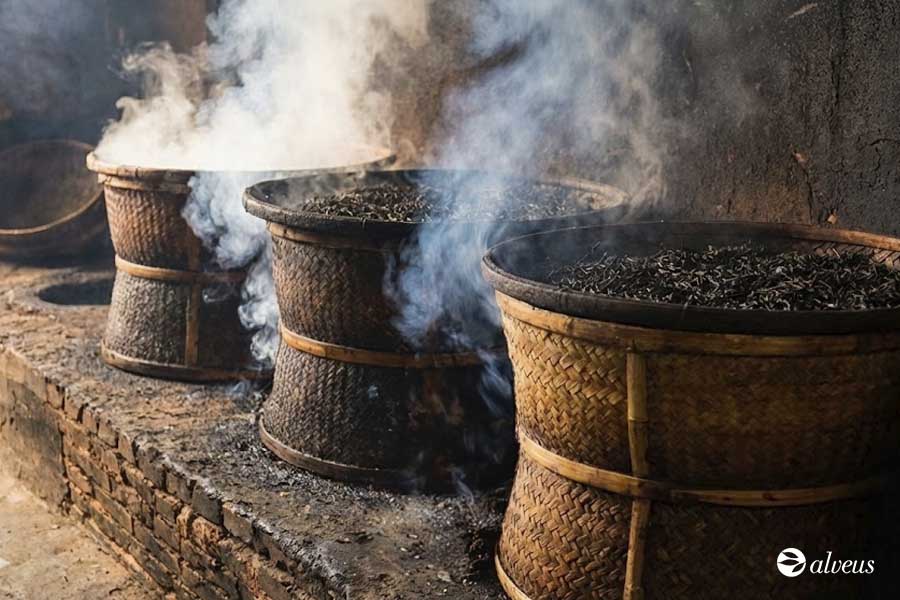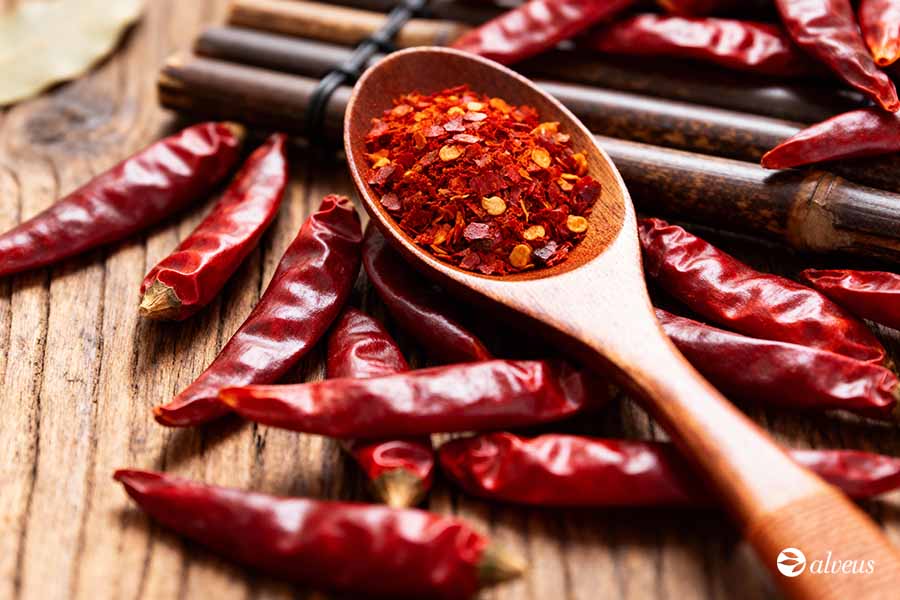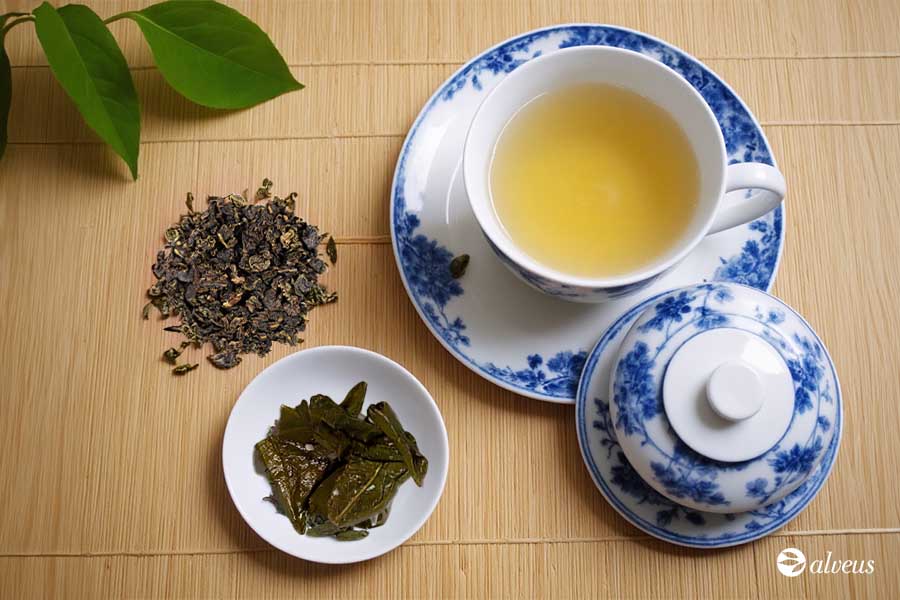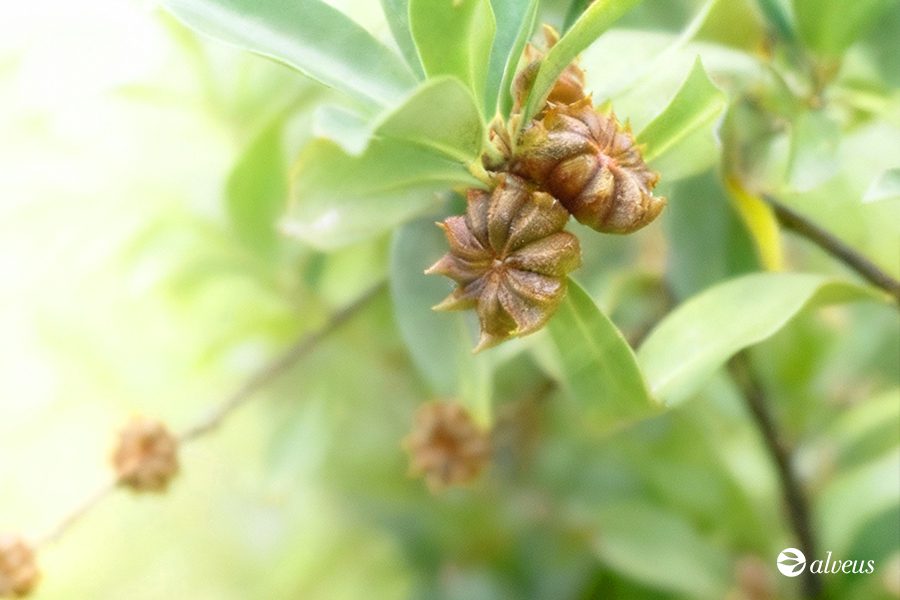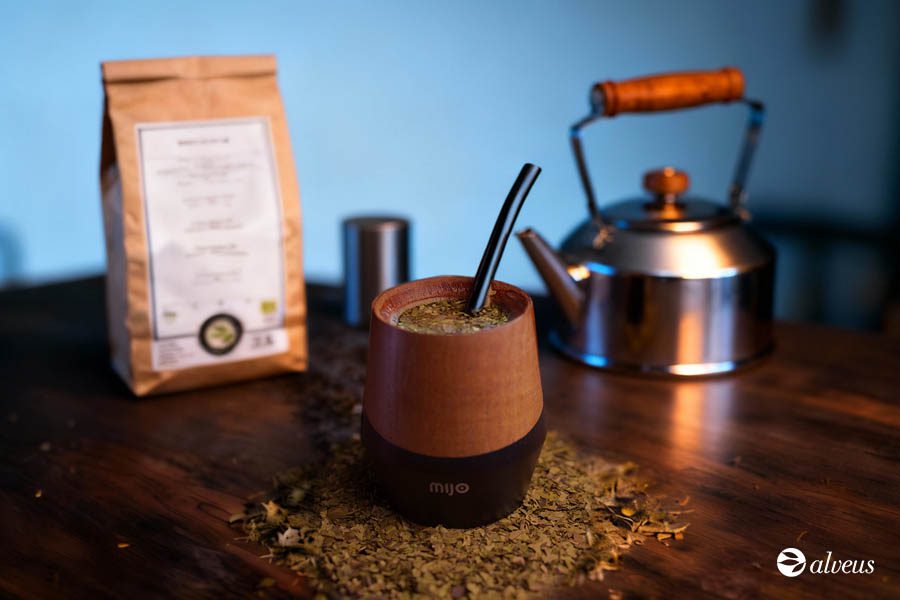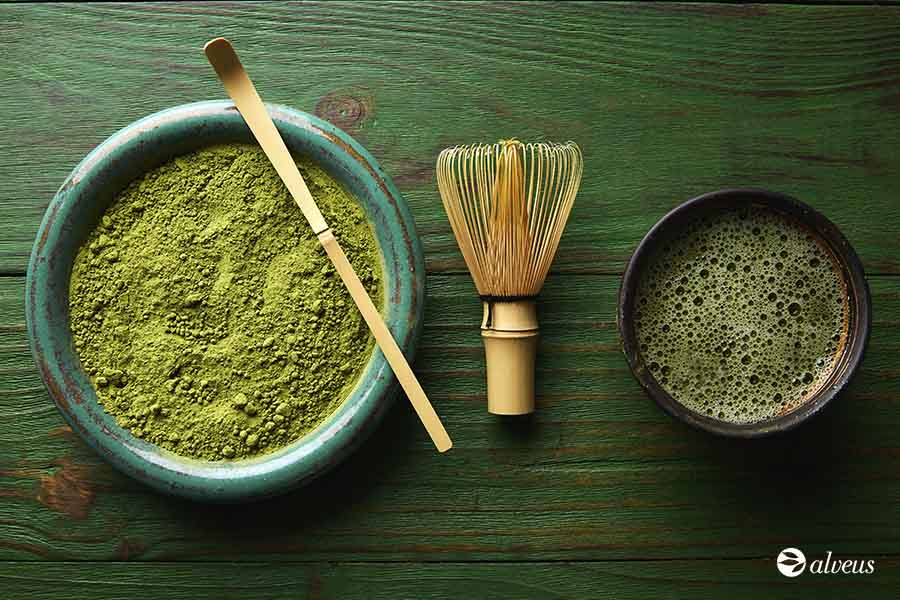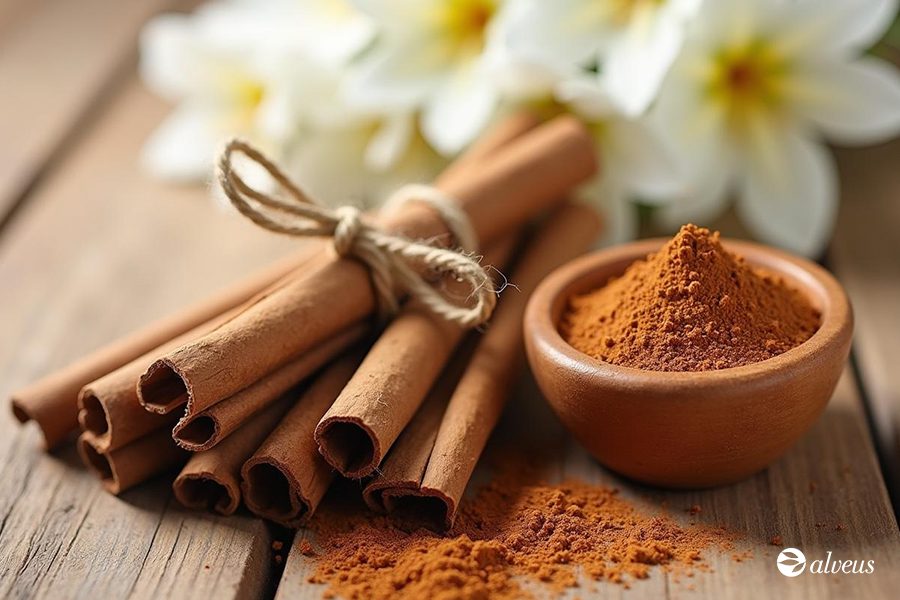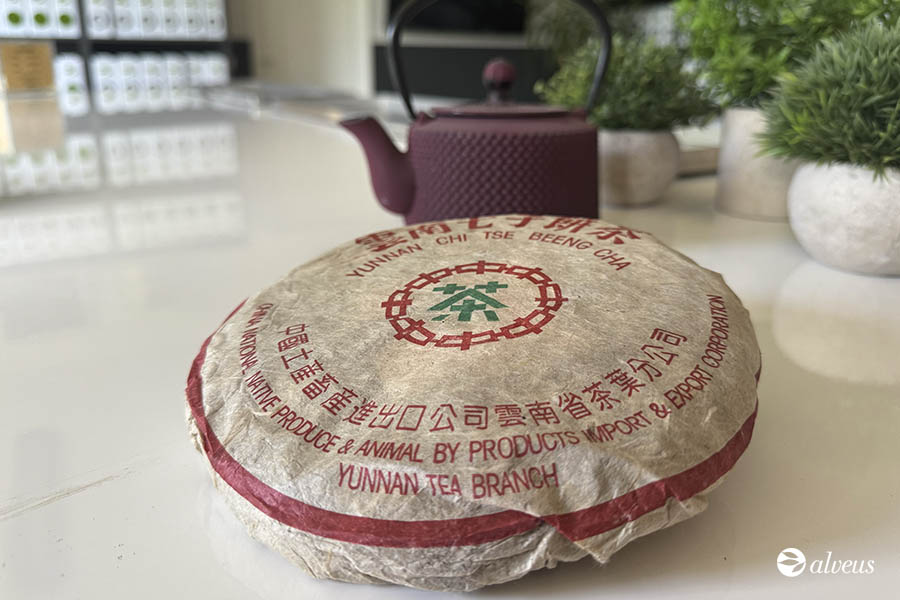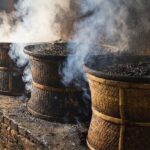
Category: Tea Education
In this section, we invite you to immerse yourself in a real ‘Tea Academy”.
Aimed at both businesses and professionals, here you will find a wide variety of educational resources, tea knowledge, and fun facts about tea. All of them are designed to learn about tea, enrich your knowledge, and equip you with the tools you need to deliver exceptional experiences to your customers.
Lapsang Souchong is a unique smoked tea with a distinctive history and production process. Its robust flavour and smoky notes make it a premium choice for the market. Discover how to take advantage of this exclusive tea to expand your offering, add value and attract customers who are looking for authentic, high-quality products.
More than just a condiment, chilli or cayenne pepper is a symbol of intensity and plant diversity. From its American roots to its presence in European organic spice catalogues, its history reflects the connection between culture, flavour and botanical science.
Tulsi, also known as holy basil, is one of the most iconic plants in Indian tradition and Ayurveda. Today, it has become a highly valued infusion in the international market. In this article, we explore its history, characteristics, and traditional uses.
Tie Guan Yin is one of the most prestigious oolong teas in the world. In this article, we explore its etymology, legends, production, sensory profiles, and the trends that make it an essential choice for any tea business.
Star anise transforms any infusion or tea blend with its aniseed aroma and iconic shape. Discover its history, properties, and applications, and how this ingredient can bring identity, flavour, and differentiation to professional products.
Everything you need to know to sell or serve mate in your tea business.
Discover what matcha is, how it’s produced, and its types—an essential guide for tea professionals on matcha origin, grades, and preparation.
Cinnamon, a medicinal plant with centuries of history. Discover its varieties, the differences between Ceylon and Cassia cinnamon types, and its main uses in infusions and cooking.
Present in millennia‑old cultures and increasingly popular, this ingredient stands out for its sensory profile and versatility.
A technical and professional overview of Yunnan's fermented tea. This guide explores the origin, types, sensory analysis, preparation, and storage of Pu Erh — ideal for tea sommeliers and industry experts.


